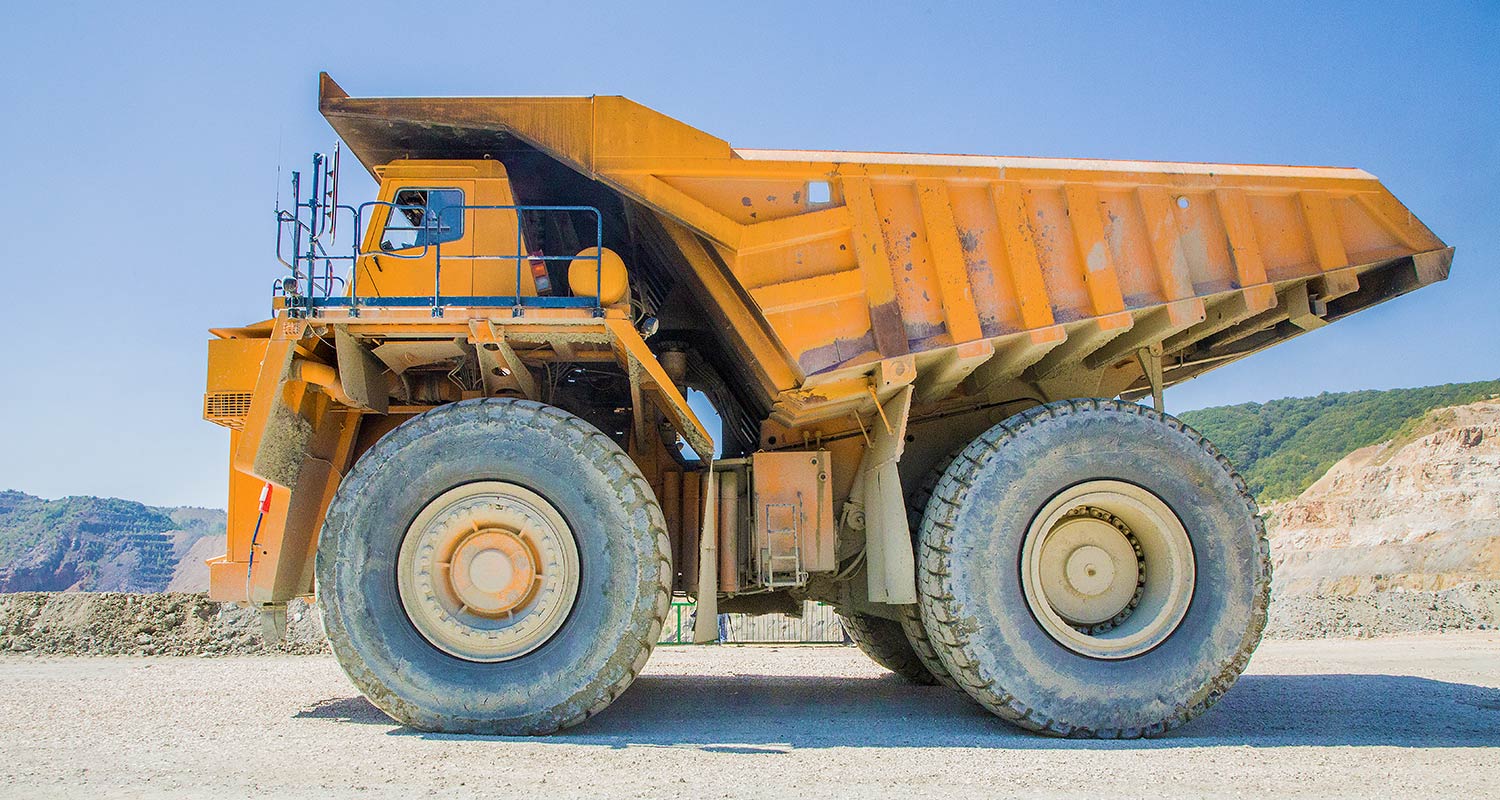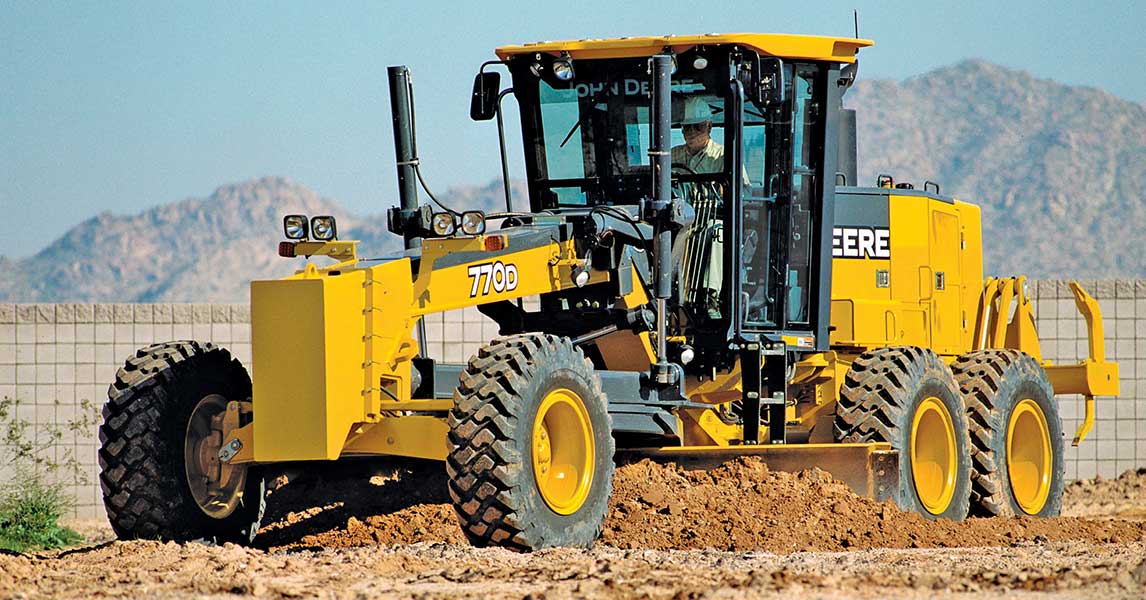Aerial Lift Rental for Construction and Maintenance Projects
Wiki Article
Renting Vs. Buying Building And Construction Devices: Making the Right Option for Your Project
When getting started on a building project, one of the vital decisions that predict stakeholders and supervisors encounter is whether to rent or purchase building devices. The decision pivots on different elements such as price considerations, job period, equipment maintenance, scalability, risk, and adaptability monitoring.Cost Factors To Consider
When assessing the monetary aspect of purchasing versus renting building devices, the in advance costs and lasting expenses have to be meticulously taken into consideration. Renting equipment commonly needs lower initial settlements contrasted to acquiring, making it an appealing option for short-term tasks or service providers with budget restraints. Renting out gets rid of the requirement for large capital expenses and minimizes the monetary risk linked with tools possession, such as upkeep and depreciation expenses. However, over time, continually renting devices can accumulate greater costs than purchasing, specifically for prolonged jobs.On the various other hand, acquiring building and construction devices involves higher in advance expenses but can result in long-lasting cost savings, specifically for long-lasting jobs or frequent individuals. Eventually, the choice in between renting and acquiring building tools hinges on the project's duration, frequency of usage, budget plan considerations, and lasting monetary goals.
Project Duration

On the other hand, for long-term projects or continuous building job, acquiring tools could be the much more economical alternative. Acquiring equipment can lead to cost financial savings in the long run, especially if the equipment will certainly be regularly utilized. Additionally, possessing devices provides a sense of control over its schedule and enables modification to fit particular job requirements.

Equipment Upkeep
Given the essential duty project duration plays in establishing the most cost-effective technique between renting and acquiring building equipment, the emphasis now moves towards examining the important aspect of equipment upkeep. On the other hand, possessing tools calls for a proactive approach to upkeep to protect against breakdowns, guarantee safety, and prolong the devices's lifespan. Ultimately, go to my blog a well-maintained building equipment fleet, whether rented or owned, is crucial for the reliable and successful completion of building jobs.Versatility and Scalability
In the realm of construction equipment monitoring, the element of adaptability and scalability holds significant importance for job performance and source application. Choosing to rent building and construction devices offers a high level of adaptability as it enables for the quick adjustment of devices kinds and quantities based on the developing requirements of a project.Furthermore, scalability, heavy forklift rental another vital element, is naturally connected to versatility. Leasing building tools supplies the advantage of quickly scaling operations up or down as project demands change. Specialists can promptly trade or add devices to match the project's altering demands without the restraints of possessing properties that might become underutilized or obsolete. This capability to scale resources successfully can lead to expense savings and boosted job timelines, making renting out a favorable option for jobs calling for adaptability and responsive source allocation.
Threat Monitoring
Effective danger administration in building and construction equipment operations is critical to guaranteeing project success and mitigating prospective economic losses. Building projects naturally entail different dangers, such as devices breakdowns, crashes, and job delays, which can substantially influence the job timeline and budget. By carefully taking into consideration the threats connected with owning or leasing construction devices, job managers can make enlightened choices to decrease these possible hazards.Renting building and construction devices can use a level of threat mitigation by transferring the duty of maintenance and fixings to the rental company. This can reduce the monetary burden on the project proprietor in situation of unforeseen equipment failings (rental company near me). In addition, leasing offers the flexibility to accessibility specific devices for details job stages, minimizing the threat of possessing underutilized machinery
On the other hand, possessing building devices gives a sense of control over its usage and maintenance. However, this additionally means bearing the complete duty for repair work, upkeep expenses, and depreciation, boosting the economic dangers connected with devices possession. Careful threat analysis and factor to consider of elements such as task period, tools utilization, and maintenance needs are vital in determining the most appropriate option for efficient threat management in building jobs.
Final Thought
Finally, when determining between acquiring and renting out building devices, it is essential to think about cost, task period, devices maintenance, scalability, threat, and versatility monitoring. Each variable plays an important role in establishing one of the most suitable option for the task handy. By thoroughly assessing these elements, task managers can make an educated choice that lines up with their budget plan, timeline, and overall project goals.
Report this wiki page